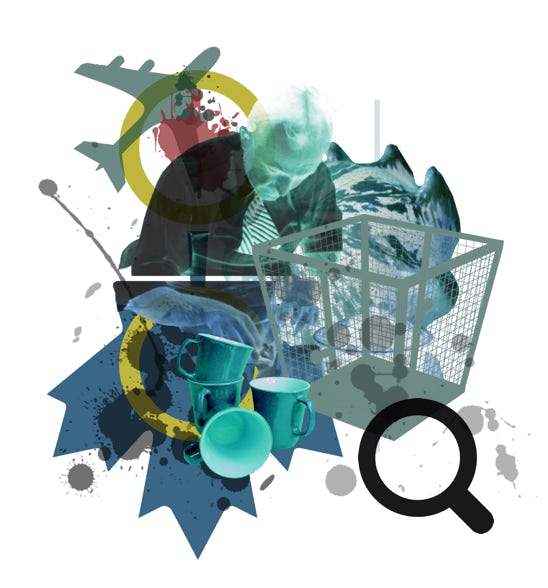•••

Chris Barton in Dazzle Ships: World War I and the Art of Confusion [2017]: “…there is no better source for information than artist, designer, historian, and teacher Roy R. Behrens. His website [Camoupedia] is a well-organized visual treat with links to lots of additional sources of information about camouflage, including Behrens’ own books on the topic.”
James Taylor in Dazzle: Disguise and Disruption in War and Art [2016]: “Behrens’ Camoupedia blog is now the most important online resource for anyone interested in the subject of camouflage…”
Ulla Dydo Pre-eminent Stein scholar, regarding Cook Book [2005]: “This book jumps out at my eyes, my ears. It comes from everywhere, never drags those even blocks of print that dull the mind. Look at it, read it, let it tease you: It’s researched with all the care that keeps its sense of humor and its visual and voice delights. Travel with it, leave home, go and explore the many ways for a book to be a house for living.”
© R. Behrens / Flight of Ideas
Since childhood, Behrens has been interested in writing, reading, vision-based design, history, and humor. He has also enjoyed corresponding, which resulted in decades of letters exchanged with Rudolf Arnheim, Guy Davenport and Walter Hamady. In recent years, he has written encyclopedia articles or other biographical essays (sometimes accompanied by websites) on the lives and accomplishments of such people as Arnheim, Davenport, Hamady, Wildenhain, Merle Armitage, Adelbert Ames II, Blanche Ames Ames, Elbert Hubbard, William James, Leo Lionni, W.A. Dwiggins, Jan Tschichold, Abbott Handerson Thayer, Gyorgy Kepes, Richard Eckersley, Arthur Koestler, Hoyt Sherman, Eden Ahbez and others.
In 2004, while reading the memoirs of American writer Gertrude Stein, he discovered that one of her closest long-time friends (and the person who taught her how to drive) was an expatriate Iowa artist named William Edwards Cook. Behrens soon found that he and Cook had grown up the same small Iowa town, and that some of his classmates had been Cook’s relatives. He learned that Cook had been an early architectural patron of Le Corbusier (Maison Cook in Paris) and by access to unpublished letters between Cook and Stein at Yale, he was able to tell the story of their curious friendship, in a small book titled Cook Book: Gertrude Stein, William Cook, and Le Corbusier (2005).
•••
Fred Allen Before food was invented, books about cooking were rare.
In 2002, Behrens and his wife, artist Mary Snyder Behrens, co-founded Bobolink Books, which publishes small edition books, booklets, and exhibition catalogs on subjects related to art and design, distributed through online shops.
Years earlier, at age seventeen, Behrens was fortunate to study for a summer in Northern California with the French-German master potter Marguerite Wildenhain. She had been one of the first students at the Bauhaus, the famous school of art and design that began in Weimar, Germany, in 1919. Soon after her death in 1985, Iowa potter Dean Schwarz (who had been Behrens’ high school teacher and Wildenhain’s teaching assistant) and Geraldine Schwarz began an exhaustive worldwide effort of compiling a book about her life, much of it consisting of memoirs by her students. The massive result, which Behrens designed, was published by South Bear Press in 2008 as a 770-page full-color hardbound book, with 837 illustrations. Titled Marguerite Wildenhain and the Bauhaus: An Eyewitness Anthology, it was chosen by Design Observer blog as a Recommended Book of 2008.
Ann Elias “A Background to Camouflage” in Camouflage Cultures [Sydney College of the Arts exhibition catalog 2017]: “The entwined histories of art, nature, science and war in relation to camouflage remained underexplored until the work of Roy R. Behrens. He brought critical engagement to the field by showing how the artist’s studio, the scientist’s laboratory, the taxidermist’s shop, the wilds of nature, the battlefield, and books of natural history were all relevant to camouflage’s study and theorization.”
Barton Whaley in The Art and Science of Military Deception [2013]: “[Behrens’ False Colors is] simply the best all-around introductory book on camouflage…it is perfect for beginners and a finishing school for veteran camoufleurs.”
Henry Adams in Art and Antiques [2011]: “[Behrens’] book False Colors provides a brilliant overview of the subject [art and camouflage].”

